There isn’t just one type of roof shingle that you can choose for your roof. And besides just that, you wouldn’t want to have the same car in your driveway or siding on your home as your neighbor. Why settle for the same shingles?
Want the best-looking and longest-lasting types of roof shingles for your home? We’ve got you covered!
Asphalt Roofing: The Pros and Cons
With so many different roofing materials on the market, you might be wondering why you’re even looking at asphalt shingles in the first place.
The answer is simple: asphalt roofing is a great choice for many homeowners because it’s cost-effective, durable, and easy to install. We’d say the benefits speak for themselves:
Pros:
- Cost-effective – Asphalt shingles are one of the most affordable types of roofing material.
- Durable – Asphalt shingles can withstand winds up to 120 mph, making them a great choice for homeowners in hurricane-prone areas.
- Easy installation – A professional can install most asphalt roofs in just one day.
Cons:
- Shorter lifespan – Shingles might only last 15 – 20 years but could last as long as 40 with proper maintenance.
- Less insulation – You won’t get the same insulating factors from shingles as you might get from other roofing materials.

Types of Asphalt Shingles
With asphalt shingles being some of the most popular roofing products on the market, you can expect innovations and new products constantly hitting the market. Here are a few of the most common.
Asphalt 3 Tab Shingles
The most common type of asphalt shingle is the three-tab shingle. This style has been around for decades or even centuries and is still a popular choice because it’s affordable and easy to install.
These are your best option if you’re looking for a standard asphalt shingle roof.
Cost: $1 – $3 per sqft
Asphalt Architectural Shingles
A more aesthetically pleasing option, architectural shingles offer a better curb appeal and style for your home. These shingles are designed to look like slate or wood and, when installed correctly, look as if you have the real thing on your home.
Homeowners turn to asphalt architectural shingles when they want a great-looking roof without the cost of the real thing.
Cost: $4 – $8 per sqft
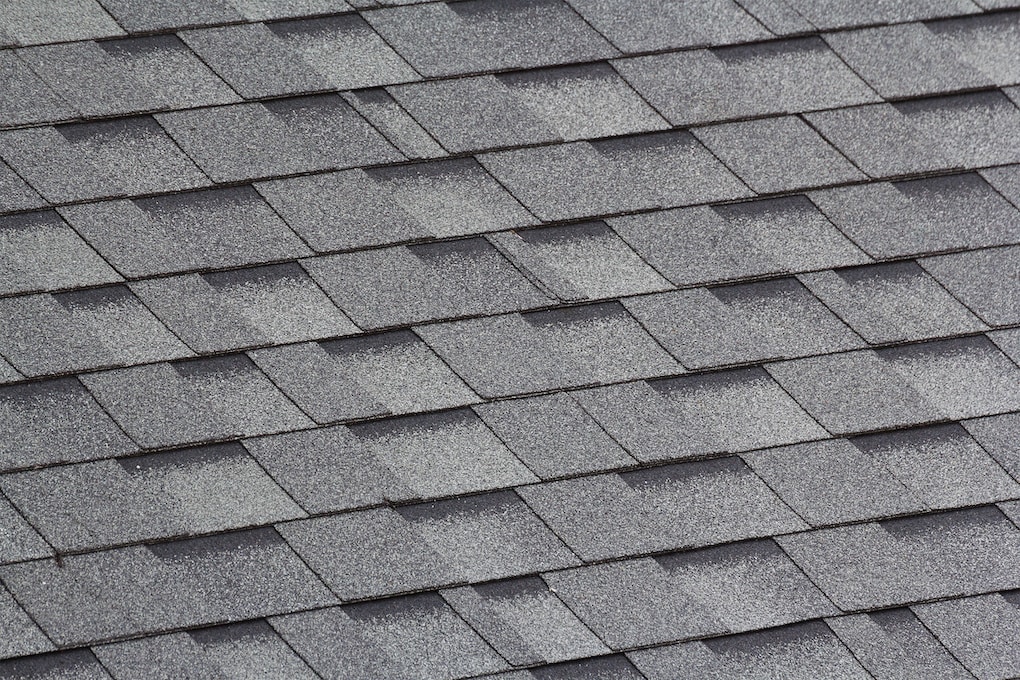
Asphalt Fiberglass 3D Shingles
Of all the asphalt shingles on the market, fiberglass three-dimensional shingles are the way to go for a unique take on a classic product. These shingles are made to look exactly like slate or wood and add a 3D level of detail to your roof.
These shingles will be some of the most expensive, but in most cases, they will offer a longer lifespan because of it.
Cost: $5 – $12 per sqft
Shingles That Aren’t Asphalt
Roof shingles that aren’t asphalt? That’s right! Several roof materials take shape as shingles but aren’t made of asphalt. Copper, tin, steel, rubber, and more can all be made into shingles for your home. We’re going to break down the pros, cons, and costs.
Metal Shingles
Metal roofing is a popular choice for homeowners who want a durable and long-lasting roof. Metal roofs can come in various forms, one of which is shingles.
Metal shingles last longer than many other shingles, and they offer a unique look to your home.
Aluminum shingles are another metal roofing option that comes in shingles. These shingles are made to look like traditional asphalt shingles and can be a great choice for homeowners who want the durability of metal without the high cost. Aluminum is much cheaper than all other metal materials, but they aren’t quite as durable.
Five most common metal roofing materials:
- Aluminum Metal Roofs
- Copper Roof Shingles
- Steel Roofing – galvalume, galvanized, and corten (weathering steel)
- Tin Metal Roofs
- Zinc
Pros:
- Durable – lasting as long as 50 years
- Low Maintenance – metal roofs don’t require the same types of maintenance that other roofing materials do
- Unique Look – a metal roof can really stand out and give your home character
Cons:
- High Cost
- Not As Many Styles Available
Cost: $12 – $18 per sqft
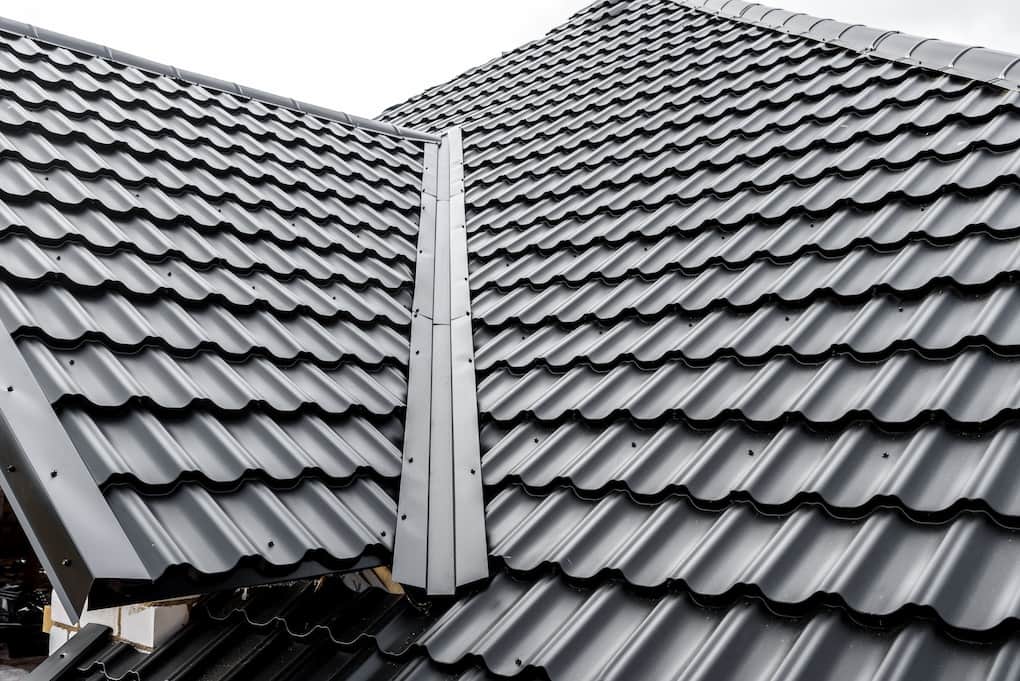
Cedar Wood Shake
Cedar shakes are an age-old roofing material used on sloped roofs as long as people have been building them. Cedar shake roofs offer a rustic and natural look that many homeowners are drawn to.
One of the main disadvantages of cedar shakes is their weight and need to be regularly maintained. Wood shakes are hand-cut to fit your unique roof.
Pros:
- Beautiful appearance
- Long-lasting
Cons:
- High Maintenance – needs to be treated and sealed every few years
- Heavy – can add weight to your roof, which might require reinforcement
Cost: $6 – $12 per sqft
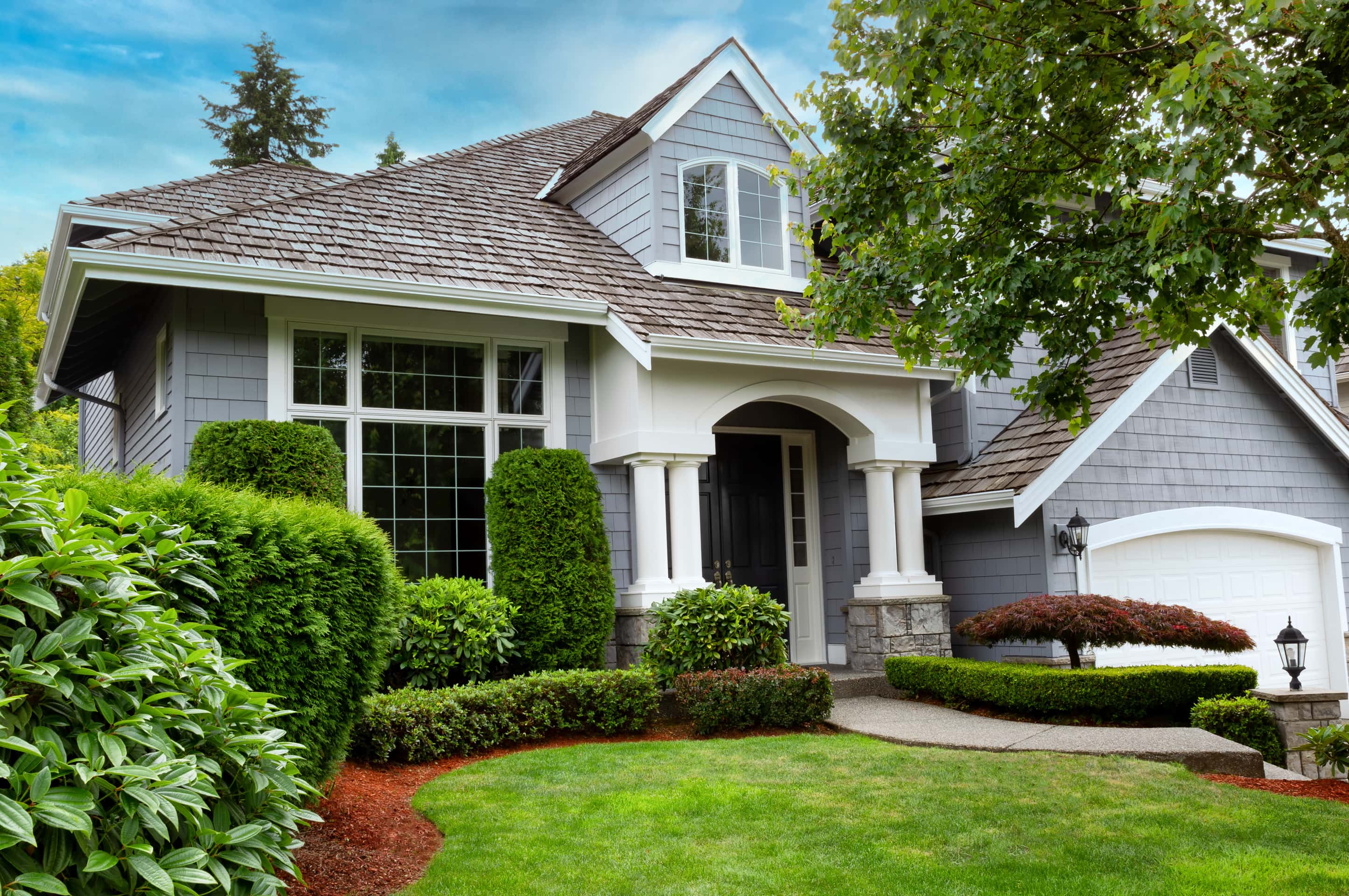
Wood Shingle Roof
Wood shingles are like cedar or wood shakes, except that they aren’t hand-cut and instead are manufactured on a mass scale. Wood shingles are a popular choice because of their natural appearance and because they are cheaper than cedar shakes.
Just like wood shake roofs, wood shingle roofs need to be treated and sealed regularly to maintain their appearance and longevity.
Pros:
- Cheaper than cedar shakes
- Beautiful natural appearance
Cons:
- High Maintenance – needs to be treated and sealed every few years
- Not as durable as cedar shakes
Cost: $5 – $10 per sqft
Clay and Slate Tile Roofing Shingles
Clay tiles have been used for roofing for centuries all over the world. Clay tile roofs are known for their durability, longevity, and beauty. You might not think of them as shingles, but they’re often known as shingled roofs because they are installed as multiple small pieces.
Pros:
- Durability
- Long-lasting – sometimes up to 100-150 years
- Maintenance-free
Cons:
- High cost
- Fewer variations available
- Weight – these materials are extremely heavy, so your roof will likely need to be reinforced
Cost: $12 – $25 per sqft
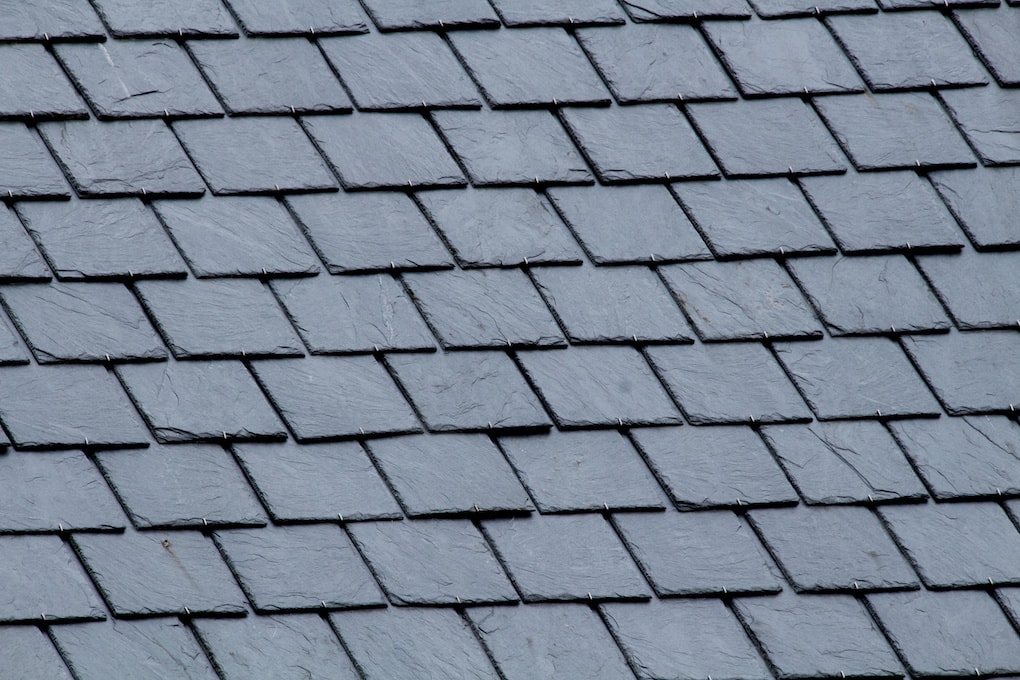
Concrete Tiles
Clay and slate tiles are natural materials, but concrete tiles offer a synthetic alternative to those materials and provide a similar product at a cheaper cost. Concrete tiles are made to look like clay or slate and can be a great choice for homeowners who want the durability of slate without the high cost.
Pros:
- Cheaper than clay or slate tiles
- Similar durability to other tile materials
- Weather-resistant
Cons:
- Very heavy – standard roofs will need reinforcement before installation
Cost: $8 – $16 per sqft
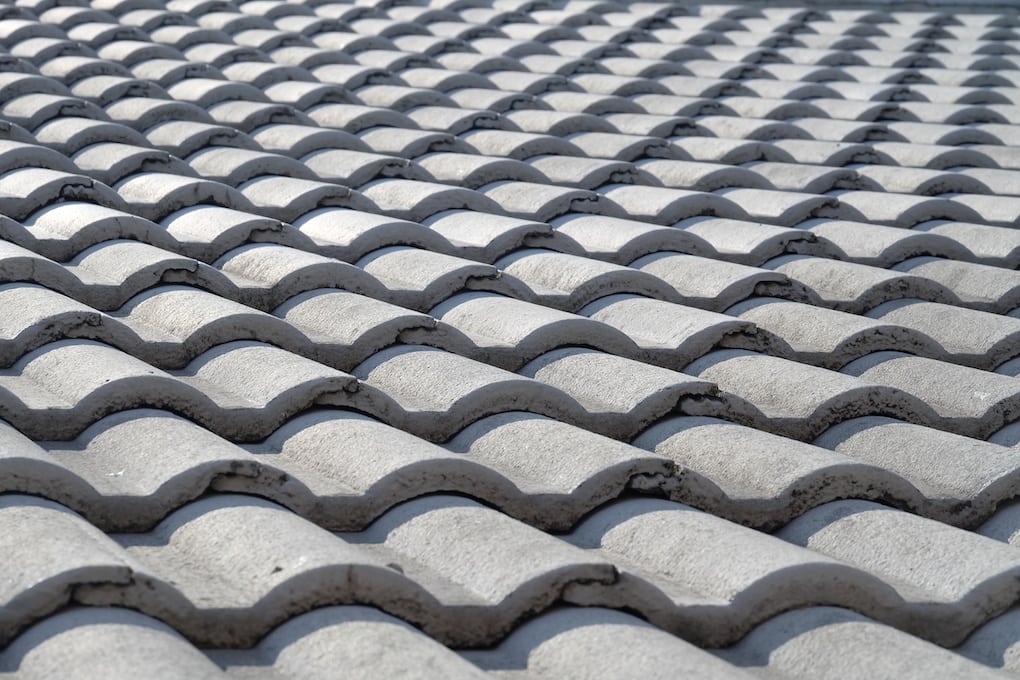
Rubber Shingles
Rubber shingles are one of the newer products on the market and are made from recycled tires and other materials. Rubber shingles offer a durable and weather-resistant roof that is also environmentally friendly.
Rubber shingles aren’t nearly long-lasting as some of the market products, but they still offer a good value for the price. Rubber roofs are known for deflecting hail, sticks, and other debris.
Pros:
- Highly durable
- Low maintenance
- Eco-friendly
Cons:
- Shorter lifespan – 15 – 25 years
- Difficult to walk on
Cost: $4 – $8.50 per sqft
Solar Shingles
Solar shingles are a product that is still in development but shows promise as a great option for homeowners looking to go solar and have a new roof. Solar shingles are designed to look just like traditional roofing shingles and can convert sunlight into electricity.
Some of the most renowned companies producing these products include Tesla, Sun Power, and more. It’s not too far off that we could be seeing solar shingles more and more commonly on homes across North America.
Pros:
- Double duty – provides roofing and solar power
- Attractive appearance
Cons:
- Still in development
- Expensive
- Technology regularly changes
Cost: $20 – $25 per sqft
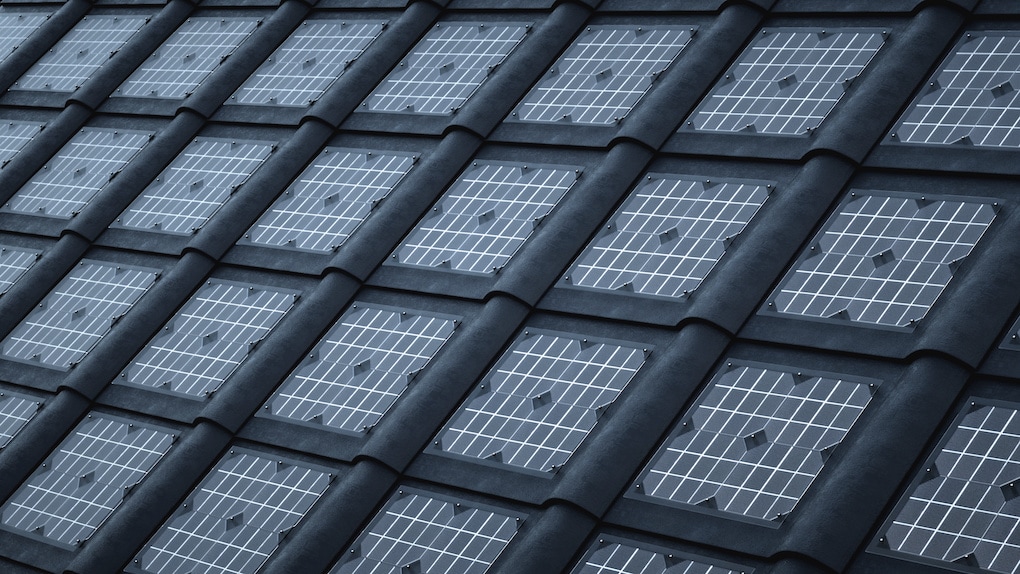
Composite Plastic Roof Shingles TPO – PVC
Composite plastic roof shingles are another newer product made from recycled materials. These shingles offer the benefits of both metal and rubber roofs in one product. Composite shingles are weather-resistant, durable, and can be installed on many different types of roofs.
They tend to break down much faster than any other material, but because they’re made from recycled materials and are eco-friendly, some homeowners don’t mind replacing them more often.
Pros:
- Made from recycled materials
- Eco-friendly
- Very affordable
- Low maintenance
Cons:
- Low durability – usually need to be replaced every 15 years
- Lifespan ranges from 7 – 20 years depending on weather conditions
Cost: $4 – $6 per sqft
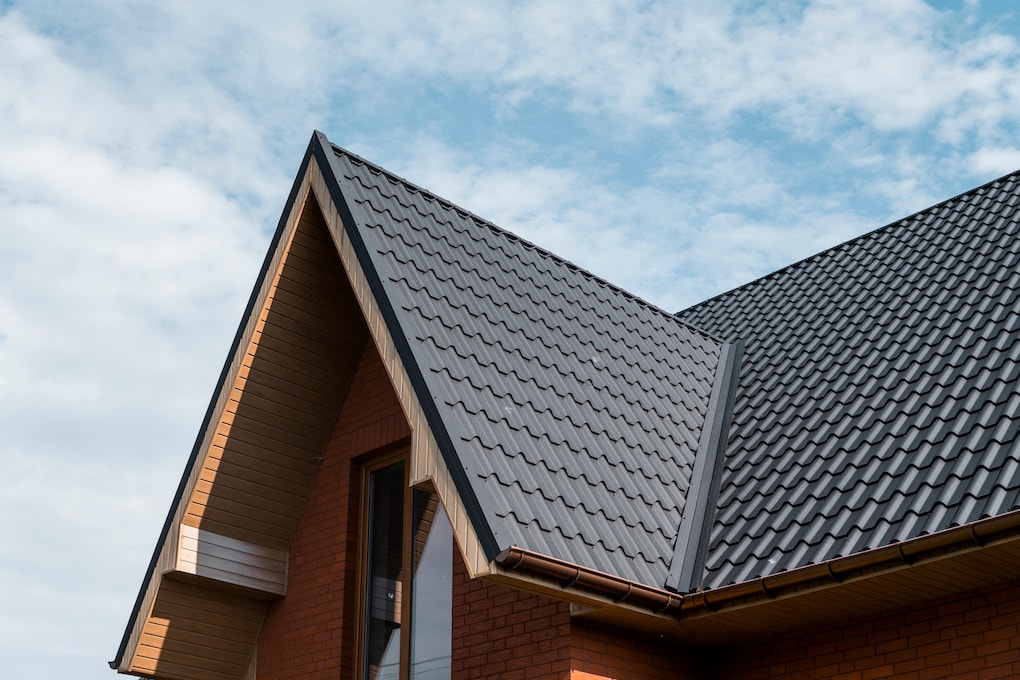
Choosing the Right Shingles for Your Roof
It’s not easy to find the right shingles for your roof, and sometimes you’ll have more than one “right choice.” Finding and hiring a contractor you can trust to help you create a plan for your home and roof is critical.
AtK&D Roofing we can help you create a customized solution for your roof that prioritizes your budget, the curb appeal you want, and how to keep your home protected for decades to come.

